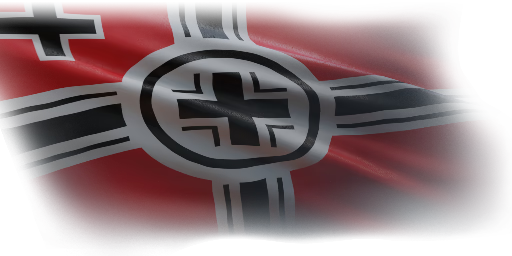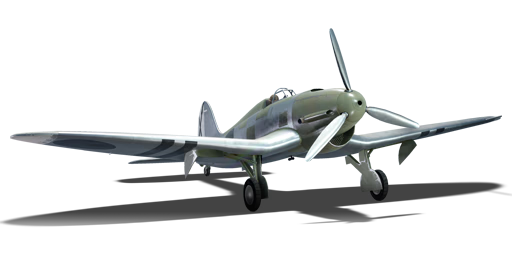



The Heinkel He 112 was the main competitor to the Bf 109 in the race to become the Luftwaffe’s primary production fighter. Despite successful trials in Spain, where He 112 pilots supported the Nationalists as part of the Condor Legion, the Bf 109 ultimately took the lead — primarily because Messerschmitt’s design was cheaper and simpler to produce. Although the Heinkel was aerodynamically superior and only required a new engine to reach its full potential, the Bf 109 entered production first, and all new engines were reserved for it. As a result, the He 112 was effectively “put on the back burner.” However, Ernst Heinkel continued to refine his creation, and eventually several aircraft were exported to Romania and Hungary. The plane also attracted Japanese interest, and four units were sent to Japan for testing. Only the Romanian He 112s saw active combat, but due to their use primarily as ground-attack aircraft, their effectiveness was low and losses were high.
The V6/A-0 variant was experimental, bridging the “V” prototypes and the “B” production series. Built as a single aircraft in 1936, it was armed with a 20 mm Rheinmetall-Borsig MG C/30L cannon mounted in the engine V-block, firing through the hollow propeller shaft. The experiment was a success, and the aircraft was sent to Spain for trials, where pilots achieved impressive results in ground-attack missions, even destroying an entire armored train. The cannon-armed He 112 operated successfully in Spain for about six months, until a landing accident destroyed the plane.
The He 112 A-0 has been in the game since the start of the Open Beta Test prior to Update 1.27. It is an extremely convenient aircraft with powerful and accurate armament. The He 112 A-0 (or “Kanonenflieger”) is a sturdy fighter capable of sustaining serious damage. It can dive away from almost any opponent without breaking apart at high speed. It retains good horizontal maneuverability compared to earlier versions. Its 20 mm cannon has excellent ballistics, allowing effective long-range fire against both air and ground targets, depending on the ammunition belts selected. The fighter excels particularly in ground-attack roles during combined battles.
flaps
flaps
flaps
brake
| Belt | Belt filling | Armor penetration (mm) at a distance: | |||||
|---|---|---|---|---|---|---|---|
| 10 m | 100 m | 500 m | 1000 m | 1500 m | 2000 m | ||
| API-T/HEFI-T/HEFI-T/HEFI-T | 37 | 35 | 27 | 19 | 14 | 10 | |
| API-T | 37 | 35 | 27 | 19 | 14 | 10 | |
| HEFI-T | 5 | 4 | 4 | 4 | 4 | 4 | |
| HEFI-T/API-T | 37 | 35 | 27 | 19 | 14 | 10 | |












Flight performance | |
|---|---|
Survivability |
|---|
Weaponry |
|---|